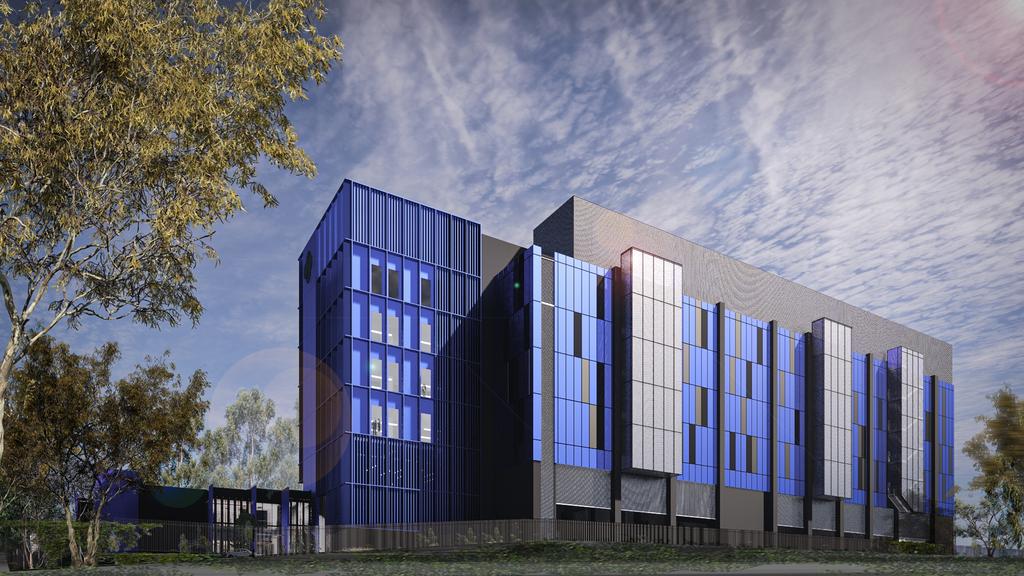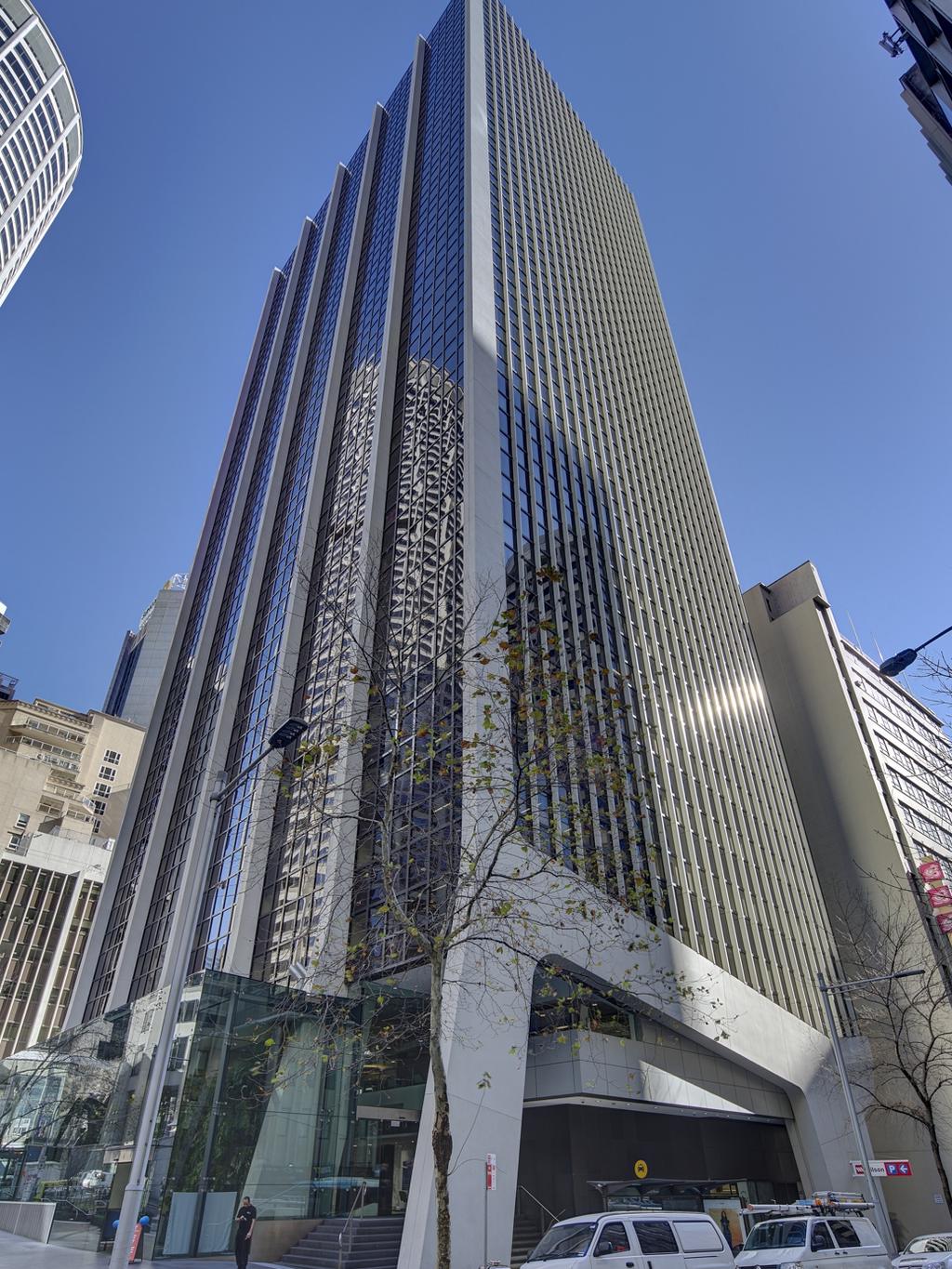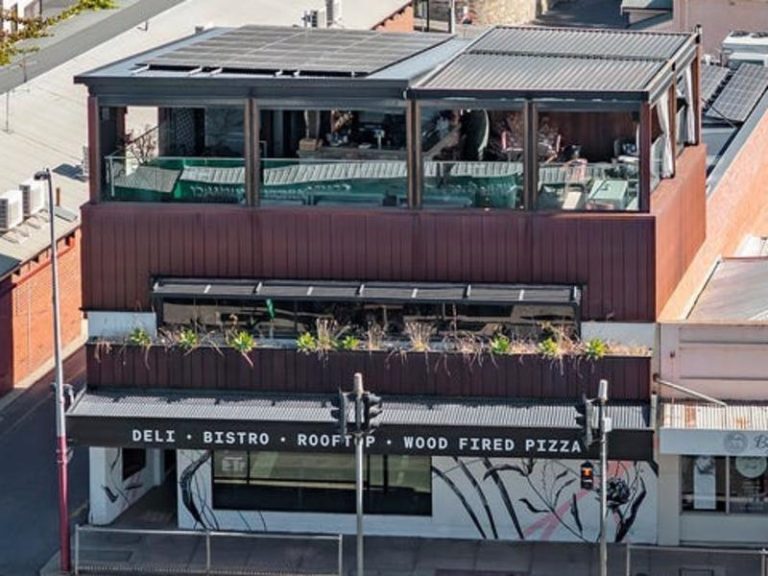FOMO to hit commercial market

Macquarie’s new $350m IC3 Super West data centre.
The nation’s top commercial real estate agencies believe this year will lock in a recovery of the sector, buoyed by lower interest rates and a return to buying by large institutions.
After a series of major deals at the end of last year, the market is bracing for more transactions that show values have stabilised in traditional areas and alternative real estate remains in hot demand.
Real estate firm CBRE tips that premium property and precincts will outperform other assets in 2025 across rent growth and capital appreciation, calling out Sydney’s CBD office sector, inner-market logistics, some residential sites and marque shopping centres as likely to deliver “pockets of exceptionalism”.
CBRE head of Pacific research Sameer Chopra said some premium assets could deliver rent and capital value growth that comfortably exceed mid-teens returns in 2025.
“We see opportunities for investors to ride the coattails of the government’s infrastructure spending on emerging precincts with residential, logistics and office assets close to Metro, airport, defence and hospital developments likely to outperform other assets,” Mr Chopra said.
“Outside of that, leasing activity is likely to be slow because of below trend economic growth and the federal election cycle. Construction cost growth is likely to continue but at mid-single digits, and development activity will continue to shrink.”

10-20 Bond Street, in Sydney was the most expensive office sale in 2024.
Deal volumes are forecast to rise by 15 per cent, with the office sector expected to see the most growth. Over the longer term, CBRE expects cap rates will tighten by 60-100 basis points during this cycle, with variation across asset classes.
The firm expects the office market to lead the way in deal-making after a tough period. Rents for CBD prime offices in Adelaide, Auckland, Brisbane and Perth are forecast to be above 2019 levels. Sydney and Melbourne are still expected to lag for another one to two years.
Real estate firm Colliers said commercial real estate investment was approaching a pivot point on the back of downward cash rate shifts by central banks globally, paired with undulating equity markets.
The firm argued that periods of volatility in global economies had prompted an increased allocation to commercial real estate, as it was viewed as outside of the stockmarket and less reactive to shocks emanating from economic and political events.
“We anticipate that with global conflicts continuing, pockets of recession appearing and new political landscapes formed, a secure “alternative” will be precisely what investment managers are seeking,” Colliers said.
Most major sectors are estimated to have reached the bottom of their valuation cycle and are poised to deliver returns above the historical average by strategically capitalising on the recovery phase.
Total sales activity turned a corner in 2024, with $27.2bn across 424 transactions, Colliers said. While this was 20 per cent below the 10-year annual average, the year marked a turning point in the cycle as a capital revival looks to uncover enduring value across sectors.
JLL head of capital markets, Australia & New Zealand, Luke Billiau noted the change in sentiment. “This year, the fear of missing out will be overtaking the fear of making a mistake,” he said.
JLL’s latest Asia-Pacific Capital Tracker showed Australia registered $US20.2bn ($32.3bn) – up 35 per cent year-on-year, as the market approaches the end of its repricing cycle. Investors are chasing office and logistics assets.
But the firm noted that elevated construction and land costs remained key issues, leading to an anticipated future supply crunch. In Australia, contractor company insolvencies remain high. “The Reserve Bank of Australia may begin its easing cycle after retail sales miss, rent growth slows, inflation cools, putting rate cuts in play,” the JLL report said.
Offices are back on the agenda for foreign capital groups, which have dominated the purchase of a Sydney CBD asset by BGO. Retail yields have also begun to compress in some sub-sectors.
JLL said there was a stabilisation in valuations across most sectors and the peak in the interest rate cycle resulted in a pick-up in investor sentiment and transaction volumes over the quarter and on a yearly basis.
Transaction evidence in the fourth quarter suggests bid-ask spreads have tightened significantly across most sectors, but some investors are still cautiously reassessing current repricing and future funding costs.
Mega deals are back in retail, logistics and data centres.
“As global economies gradually adjust to the recent period of high inflation and elevated debt costs, Australia’s relative stability compared with other developed nations is likely to become more evident in the short to medium term,” JLL said.
Cushman & Wakefield said the Asia-Pacific real estate market was set for dynamic changes, with significant developments across the office, logistics and industrial, and capital markets sector.
Cushman & Wakefield head of international research Dominic Brown said developed economies like Australia were seeing more consistent inflation control. “Amid these varied economic dynamics, our outlook for Asia Pacific in 2025 reflects a resilient real estate market, poised for growth,” Dr Brown said.







